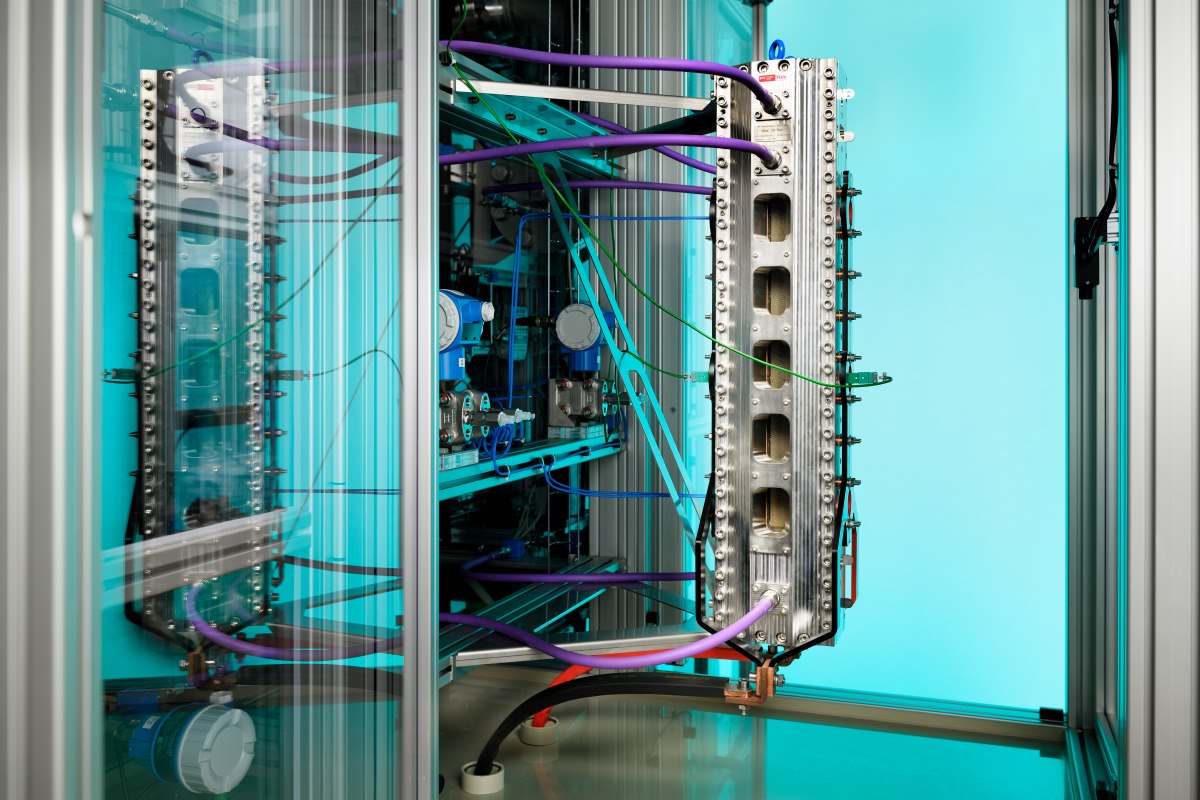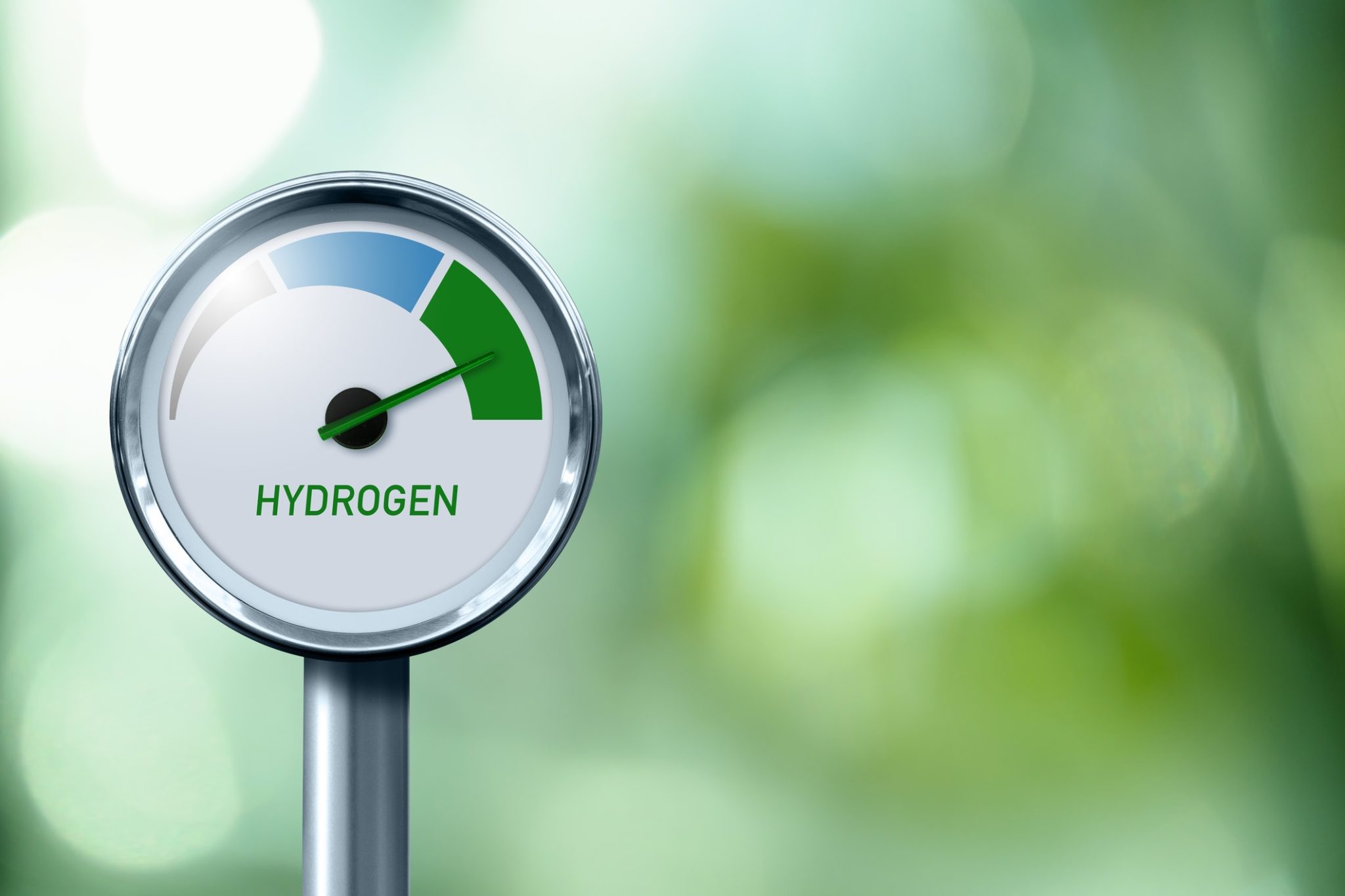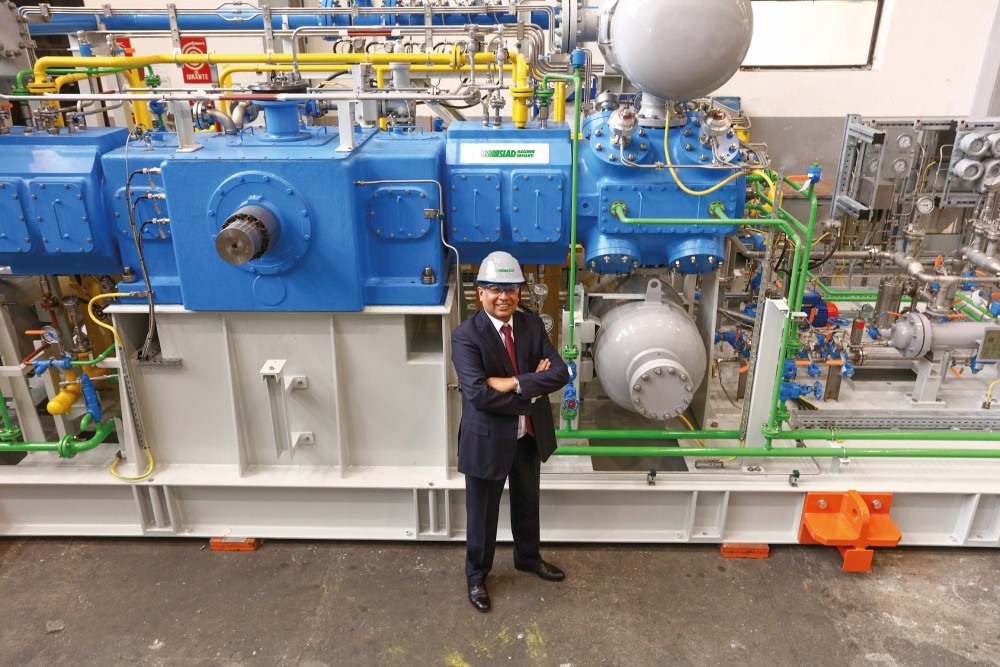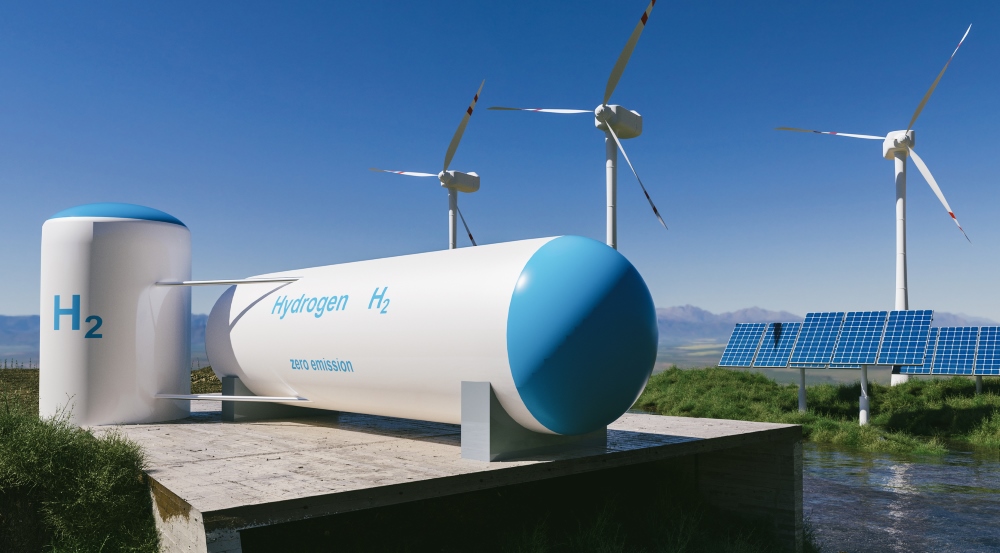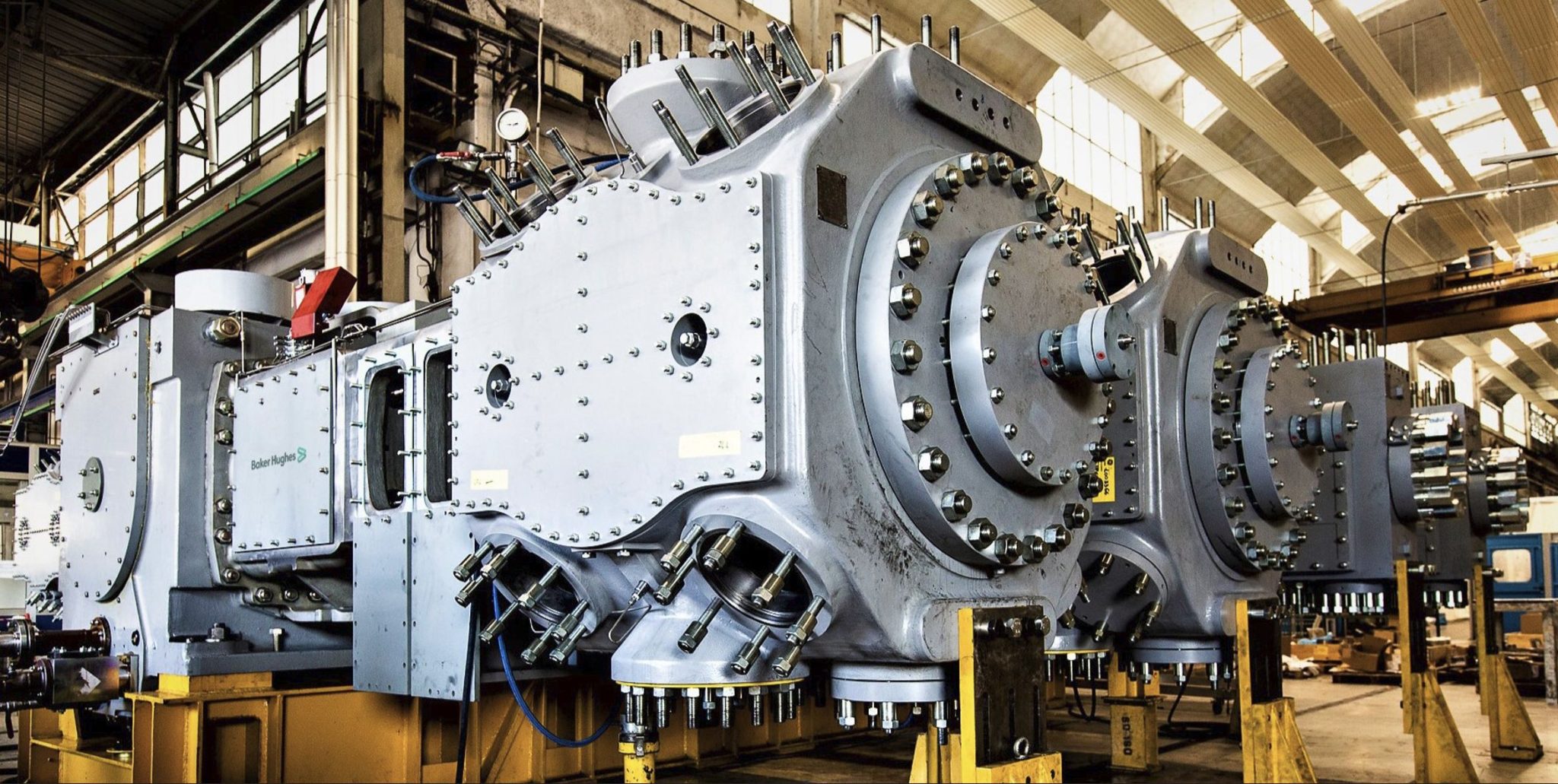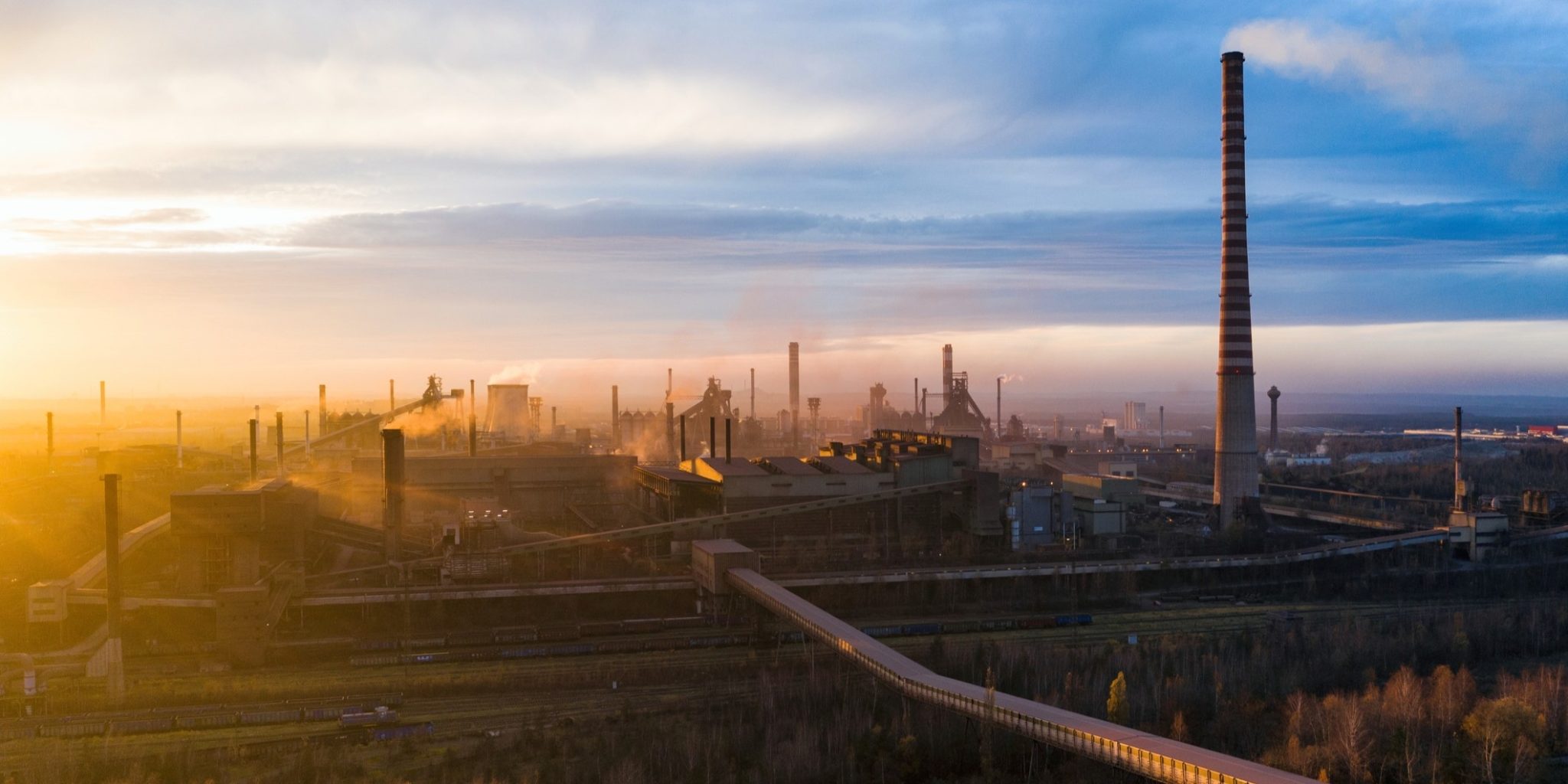
Critical raw materials in the hydrogen sector
Although the implementation of global renewable electricity generation capacity is increasing exponentially, with the goal of tripling it by 2030 as established by COP28, the world’s renewable hydrogen production capacity is lagging behind. The International Energy Agency (IEA) has recently lowered its five-year forecast for renewable power capacity dedicated to renewable hydrogen production (2023–2028) to 45 GW. It goes without saying that the hydrogen sector will require a substantial amount of critical raw materials (CRMs), for instance, for fuel cells, electrolysers, hydrogen separation, hydrogen storage, and hydrogen transport.

